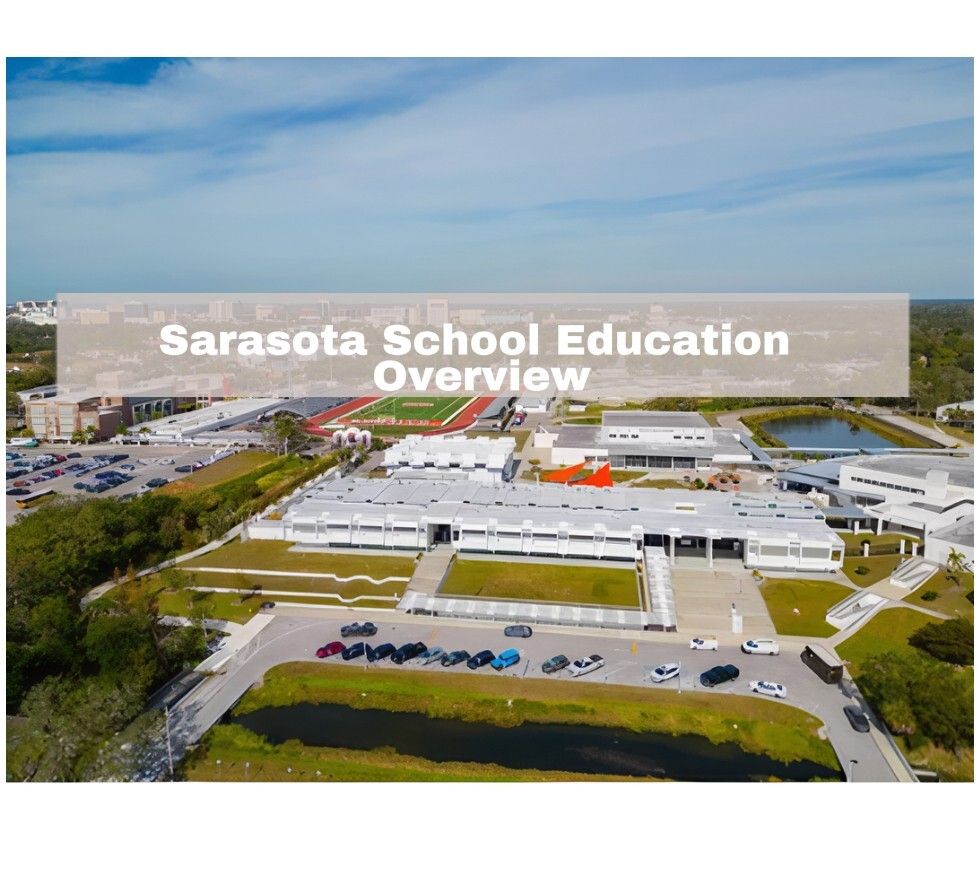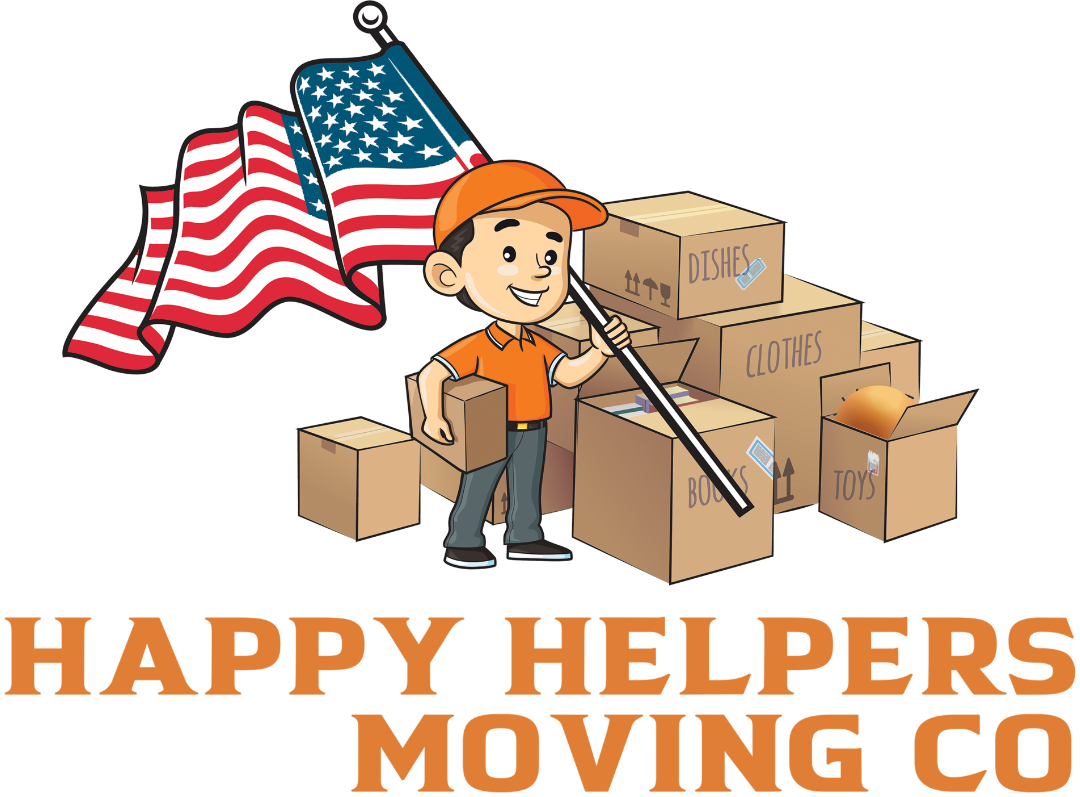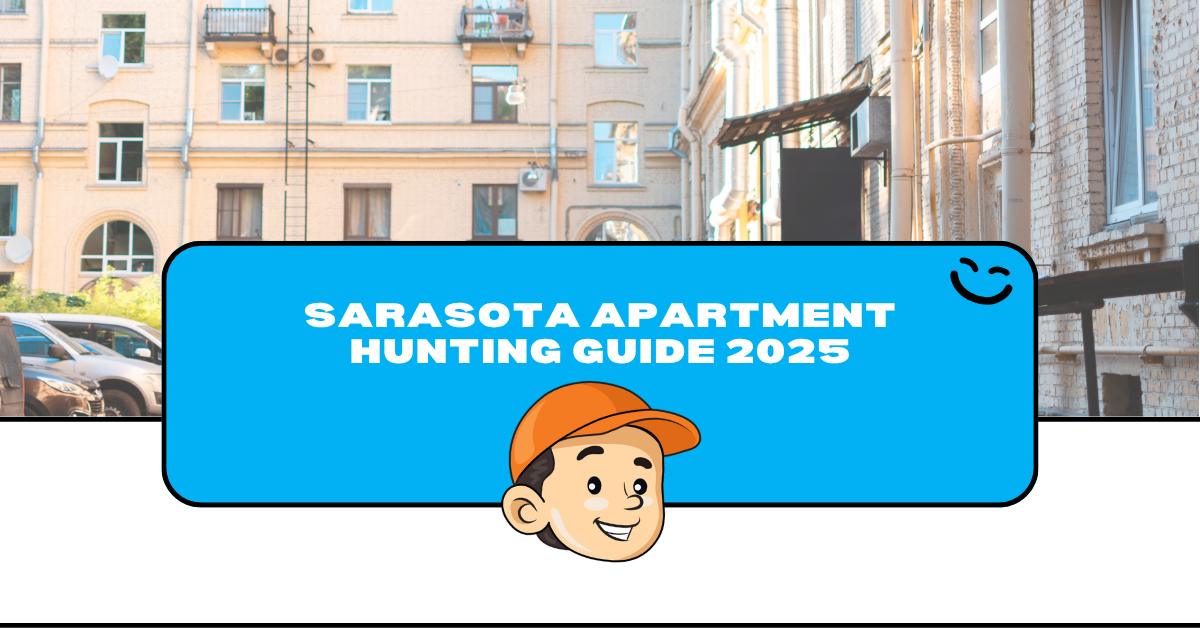Education in Sarasota: Schools, Trends & Innovation

The educational journey in Sarasota has deep roots, stretching back to when the county's first educational institutions were established. Initially, these schools were small, localized hubs of learning, gradually expanding as the region grew. These changes brought about major developments in infrastructure and education policies, reflecting the evolving needs of the community.
Today, Sarasota's school system is a tapestry woven from years of adaptation and growth, rooted in providing quality education while addressing contemporary societal issues.
Present Educational Framework
Sarasota's educational framework is robust and multi-layered, offering a structured path from early childhood through high school. Governed by the Sarasota County School District, the system encompasses a range of educational levels and specialties designed to meet various student needs.
Sarasota's Public Schools: Structure and Dynamics
Public schools in Sarasota are designed to provide a comprehensive education from kindergarten to 12th grade. The Sarasota County School District runs these schools, which adhere to statewide educational standards while also integrating unique local initiatives to cater to the community's needs.
Elementary Education
Elementary education in Sarasota focuses on foundational learning. Here's what you need to know:
- Curriculum Focus: The curriculum aims to build core competencies in reading, mathematics, science, and social studies. There's a strong emphasis on literacy, as early years are critical for developing reading skills.
- Learning Outcomes: Schools emphasize not just academic skills, but also social and emotional learning, preparing students to interact positively with peers and adults.
- Assessment Methods: Students' progress is tracked through a mix of standardized tests and performance-based assessments to ensure a well-rounded evaluation of their abilities.
Middle School Systems
Transitioning to middle school marks a significant shift in students' education:
- Transition Strategies: Schools implement programs aimed at easing the move from elementary levels, focusing on increasing students' independence and critical thinking skills.
- Extracurricular Programs: Numerous extracurricular activities are offered to encourage engagement beyond the classroom, including sports, arts, and various clubs.
High School Education
High schools in Sarasota provide a robust educational experience that prepares students for both higher education and the workforce. The focus is on comprehensive learning that balances academics with extracurricular activities, helping students develop into well-rounded individuals.
Private and Charter Schools: Options and Innovations
Beyond the public school offerings, Sarasota is home to a variety of private and charter schools, each offering unique educational philosophies and curriculums. These schools provide families with alternative options tailored to their preferences and needs.
Private Schools
Private schools in Sarasota often provide specialized curricula and smaller class sizes, allowing for personalized attention and an enriched learning environment.
Families often choose private schools for their ability to cater to individual learning styles and needs, fostering an environment of academic excellence and personal growth.
Charter Schools
Charter schools are publicly funded but operate independently of the traditional public school system. In Sarasota, these schools introduce innovative teaching models and curricula.
- Philosophies and Methodologies: Charter schools often implement unique educational methods aimed at fostering creativity and innovation. They might focus on project-based learning, arts integration, or technology-driven instruction.
- Accountability and Performance: These schools are held accountable through performance reviews and must adhere to their charter agreements. Success is measured by student performance and innovation in instructional methods.
Technological Integration in Sarasota Schools
In today's digital age, technology has become a crucial part of the educational experience. Sarasota schools actively integrate technology to enhance learning and prepare students for a tech-driven world.
Digital and Online Learning Tools
Sarasota schools leverage a variety of digital and online platforms to support interactive and dynamic learning environments.
- Classroom Technology: Interactive whiteboards, tablets, and computers are standard tools in Sarasota classrooms, facilitating a tech-friendly learning atmosphere.
- Online Learning Platforms: Schools utilize platforms like Google Classroom and Canvas to support digital learning. These platforms enable online assignments, discussions, and collaboration, extending learning beyond the traditional classroom settings.
- Access and Support: To bridge the digital divide, many schools provide students with devices and internet access. Support services, such as tech help desks, ensure that both students and teachers can effectively use digital resources.
Place must visit in Sarasota FL
-The John and Mable Ringling Museum of Art-
The John and Mable Ringling Museum of Art is the official state art museum of Florida, located in It was established in 1927 as the legacy of Mable Burton Ringling and John Ringling for the people of Florida. The institution offers 21 galleries of European paintings as well as Cypriot antiquities and Asian, American, and contemporary art. The museum's art collection currently consists of more than 10,000 objects that include a variety of paintings, sculpture, drawings, prints, photographs, and decorative arts from ancient through contemporary periods and from around the world.
Challenges and Future Directions
While Sarasota’s educational system is robust and diverse, it faces several challenges that need addressing to ensure ongoing success and improvement. Understanding these challenges helps stakeholders work towards strategic solutions and future innovations.
Innovations and Future Trends
Looking forward, Sarasota schools are exploring innovative educational practices to enhance learning experiences and outcomes.
- Emerging Educational Trends: Incorporating STEAM (Science, Technology, Engineering, Arts, and Mathematics) education, personalized learning plans, and experiential learning opportunities are among the trends shaping the future of education in Sarasota.
- Technological Advancements: Virtual reality, artificial intelligence, and adaptive learning platforms are being explored to create dynamic and engaging learning environments.
By focusing on innovation and continuous improvement, Sarasota schools aim to remain at the forefront of educational excellence.
As you plan your move to Sarasota, rest assured that Happy Helpers Moving Co, Your Sarasota Movers, is here to assist with all your relocation needs, making your transition smooth and hassle-free. Whether it's moving your belongings or providing insights into the local education system, we're here to help every step of the way. If you need assistance, feel free to contact our team for expert moving services in Sarasota, FL!





